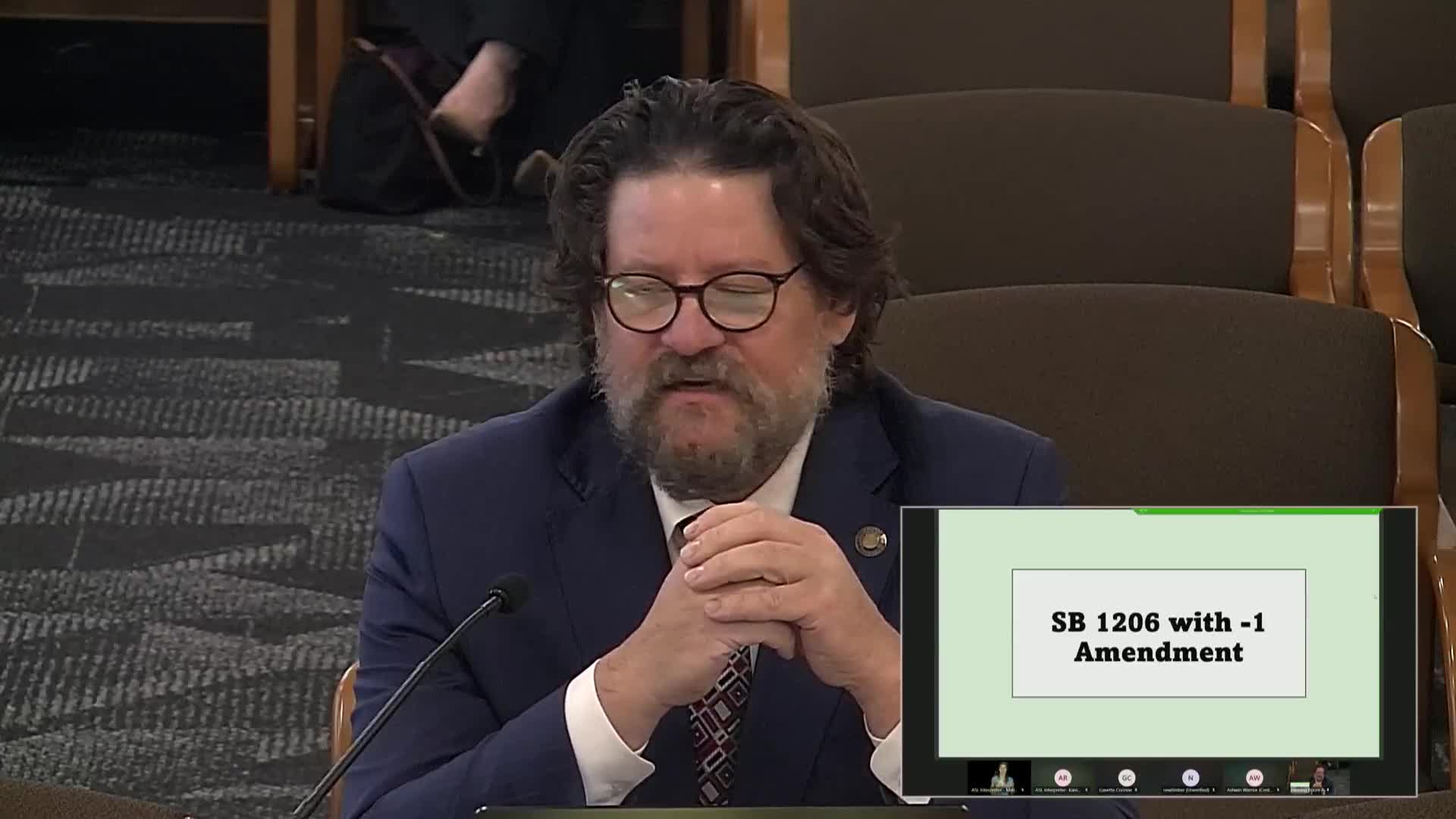Oregon lawmakers address $4B budget gap due to shifting health insurance caseloads
May 07, 2025 | Finance and Revenue, Senate, Committees, Legislative, Oregon
This article was created by AI summarizing key points discussed. AI makes mistakes, so for full details and context, please refer to the video of the full meeting. Please report any errors so we can fix them. Report an error »

In a pivotal meeting of the Oregon Senate Committee on Finance and Revenue, lawmakers gathered to address significant concerns regarding the state’s budget and healthcare funding. The atmosphere was charged with urgency as discussions unfolded around the potential impact of a projected $4 billion budget shortfall, primarily affecting education and public safety.
Senator Hayden opened the dialogue by emphasizing the critical nature of the financial landscape, highlighting that even a 10% shift in funding could lead to drastic cuts in essential services. The committee reviewed various amendments and assessments, focusing on the implications of House Bill 2391, which aims to adjust insurance assessments to stabilize revenue streams.
A key point of contention was the shift in healthcare caseloads, particularly the movement of patients from commercial insurance to Medicare and Medicaid. This shift has resulted in a significant decline in revenue, with projections indicating a shortfall of $48 million in the current budget cycle. Senator Hayden warned that if these trends continue, the state could face a staggering $2.4 billion reduction in premiums over the next decade, jeopardizing the sustainability of the Oregon Health Plan.
The committee also examined the rising costs of insurance premiums, which have surged by 80% in the small group market and 72% in the individual market since 2017. This increase has led to a decrease in the number of insured individuals, with a notable 25% drop in the individual market over the past nine years. The loss of insurers in the state, from nine in 2017 to seven today, further complicates the situation, as fewer options lead to higher costs for consumers.
As the meeting progressed, lawmakers discussed potential solutions, including the need for a task force to explore ways to broaden the insurance base and alleviate the financial burden on small groups and students. The urgency of the situation was palpable, with committee members recognizing that without immediate action, the state’s healthcare system could face dire consequences.
In conclusion, the discussions highlighted a critical juncture for Oregon’s healthcare funding and budget management. With rising costs and shifting patient demographics, lawmakers are tasked with finding innovative solutions to ensure the sustainability of essential services while navigating the complexities of healthcare finance. The outcome of these deliberations will undoubtedly shape the future of healthcare in Oregon, making it a focal point for both lawmakers and constituents alike.
Senator Hayden opened the dialogue by emphasizing the critical nature of the financial landscape, highlighting that even a 10% shift in funding could lead to drastic cuts in essential services. The committee reviewed various amendments and assessments, focusing on the implications of House Bill 2391, which aims to adjust insurance assessments to stabilize revenue streams.
A key point of contention was the shift in healthcare caseloads, particularly the movement of patients from commercial insurance to Medicare and Medicaid. This shift has resulted in a significant decline in revenue, with projections indicating a shortfall of $48 million in the current budget cycle. Senator Hayden warned that if these trends continue, the state could face a staggering $2.4 billion reduction in premiums over the next decade, jeopardizing the sustainability of the Oregon Health Plan.
The committee also examined the rising costs of insurance premiums, which have surged by 80% in the small group market and 72% in the individual market since 2017. This increase has led to a decrease in the number of insured individuals, with a notable 25% drop in the individual market over the past nine years. The loss of insurers in the state, from nine in 2017 to seven today, further complicates the situation, as fewer options lead to higher costs for consumers.
As the meeting progressed, lawmakers discussed potential solutions, including the need for a task force to explore ways to broaden the insurance base and alleviate the financial burden on small groups and students. The urgency of the situation was palpable, with committee members recognizing that without immediate action, the state’s healthcare system could face dire consequences.
In conclusion, the discussions highlighted a critical juncture for Oregon’s healthcare funding and budget management. With rising costs and shifting patient demographics, lawmakers are tasked with finding innovative solutions to ensure the sustainability of essential services while navigating the complexities of healthcare finance. The outcome of these deliberations will undoubtedly shape the future of healthcare in Oregon, making it a focal point for both lawmakers and constituents alike.
View full meeting
This article is based on a recent meeting—watch the full video and explore the complete transcript for deeper insights into the discussion.
View full meeting
